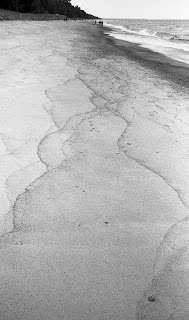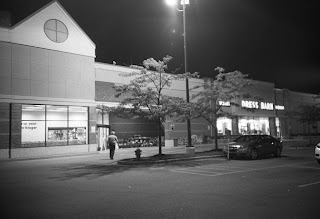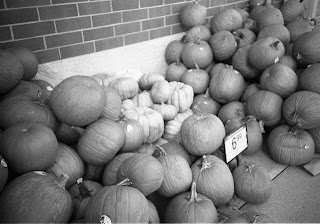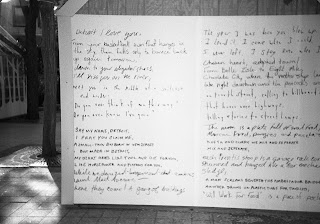
A great many cameras have come from the Kiev Arsenal factory in Ukraine, and pre-Soviet breakup models started with the Contax II and III-clone Kiev series of rangefinder cameras. There are a whole series of those, which ended with the Kiev 4m (1977-1987). I briefly owned a Kiev 4, and had the shaft of the winding knob break. Not a good sign of quality, but who knows how it was abused before I owned it. Later, I owned a Kiev 60, which was a clone of the Pentacon Six, but a bit less elegant-looking. I also once owned a Kiev 35A, which was a clone of the Minox 35GT. It actually worked pretty well until it didn't. Probably no worse than the Minox models, which also seem to have a high failure rate. My daughter once owned a Kiev-88, which was a clone of the Hasselblad 1000F. It actually is a pretty nice medium-format SLR, and though it had its quirks, it was a reliable camera. That brings me to the Kiev 35mm SLRs, of which there are a few, Not as many models as the Russian Zenits, but certainly enough to make collecting them a challenge. With all of the different lens mounts available, it seems that the M42 universal screw mount and the Pentax K-mount ended up being the ones used most. However, the Kiev 19 has the distinction of being the only non-Nikon camera I know of that used Nikon F-mount lenses (Yes, I have long known about the Ricoh/Nikkorex models, but they don't count here). My first experience with the Kiev 19 was the brand-new in-box
19M that I purchased around 2001 or so. I think I paid about $90 for it. Comparing it to my Nikon FE at the time was like comparing an Argus C3 to a Contax III. Both do the same things, but one does it more quietly with more shutter speed choices. The 19M did feature TTL aperture-coupled metering, and a range of shutter speeds from B-1/2 -1/500 sec. The body, as I recall, felt a bit plastic-like. It used most Nikon F-mount lenses that I tried it with.
 |
| with expired Fuji Reala film, 2014 |
Two years ago I purchased a Kiev 19, the older model, from a seller in Russia. It arrived with a Helios 50mm f/2 lens. The Helios lenses are in general, very good. My lens self-destructed last year, and I could not put it back together. However, because the Kiev 19 uses stop-down metering, I can use non-AI lenses as well as AI- lenses, so I certainly did not lack for a lens. In the photo above it has the very desirable and very good Vivitar 28mm 2.5 wide-angle lens attached.
The Kiev 19 has a vertically-travelling metal focal-plane shutter, B, 1/2 - 1/500 shutter speeds, a hot shoe, and a PC flash connector. It has a metal body, and in general, I believe is better made than the 19M. It's no Nikon FM, but it isn't a Cosina-made FM10, either.
With current prices for real Nikon F-mount film cameras being quite low, it may be hard to justify purchasing a Kiev 19 or 19M, especially considering the feature set. The stop-down metering may be a bit archaic for some, but it does work pretty well. One thing to watch for though, is to avoid light coming in through the eyepiece, which will throw off the metering. It's very sensitive to sidelight coming in.
I haven't used mine in a while, so it may be time to take it on my next road trip, in the hunt for red October, or maybe gray November.



























